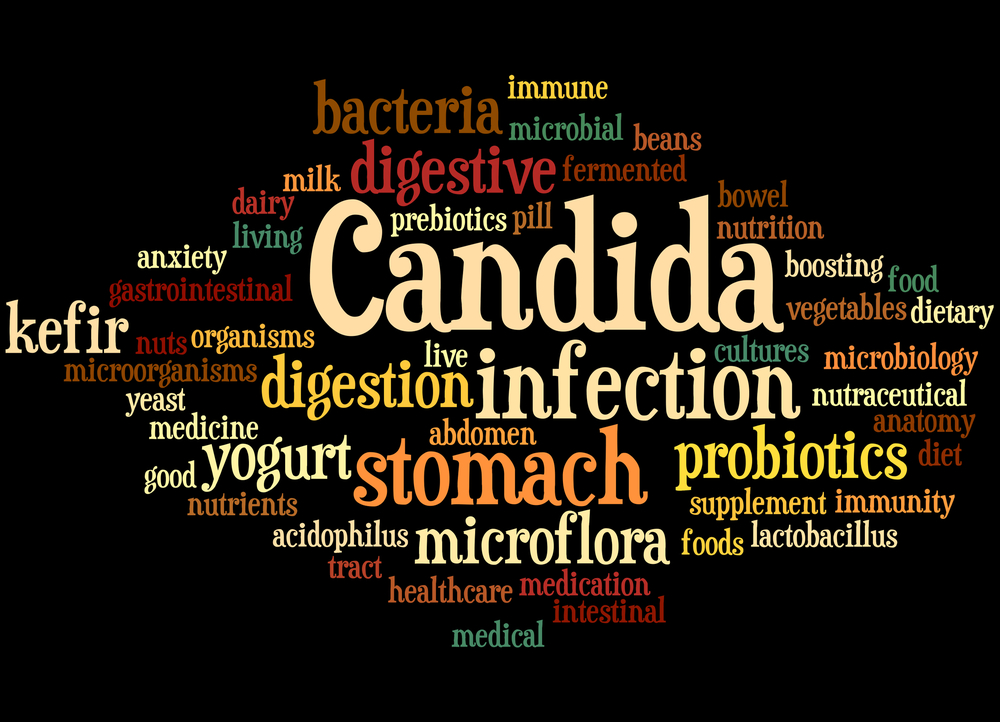Naturopathic Doctor For Candida

Have you had these problems with chronic Candida?
- You have tried many supplements and cleanses. They help, but you still have Candida.
- You have been on the Candida Diet for months or years but, if you mess up just once, your symptoms come back.
- If you stop taking your supplements symptoms comes right back. They do help you but your don’t see yourself truly getting better.
- You are afraid to take supplements because they make you feel worse.
Why is Candida so difficult to treat?
We have about 10 times more microbes living inside us than cells in our body. They have a role in regulating the immune system, digestion and detoxification. We live symbiotically with our microbes.
Candida albicans is a type of yeast which is considered part of this microbial milieu. It’s supposed to be there. Furthermore, no matter what you do to kill or starve it out, there will always be some yeast.
The problem is not Candida. Rather, it is a host environment which transforms this normal and healthy microbe, into an opportunistic infection.
Holistic treatment means working on the underlining causes. There is litter point in trying to kill off an opportunistic infection while ignoring the environment which allowed it to grow there in the first place. Anti-fungal herbs may be helpful, but only as part of a larger plan designed to restore health.
Consider these two different patients with Candida:
Patient 1:
Feels warm to touch
Eczema or psoriasis
Frequent bowel movements
Patient 2:
Feels cold to touch (possible hypothyroidism)
Chronic constipation
Swollen lymph nodes
Not many physical symptoms, but patient feels very tired
From an holistic perspective these are completely different cases. One shows signs of heat and excess. The other is cold and stagnant.
Even their diets should not be the same. The first patient would be better off avoiding very hot spicy foods. For the second patient, foods such as cinnamon and ginger would enhance digestion and circulation.
I do not have a Candida protocol. People see me for an individualized plan after the generic protocols don’t work.
Why use herbs for Candida?
Improve detoxification
Reduce bio-film (a protective goo made by Candida which makes it hard to kill)
Stimulate digestion
Decrease inflammation and improve the health of infected mucous membranes
Reduce brain fog and other systemic symptoms
Improve lymphatic function so the body can remove toxins created by Candida
A skilled herbalist uses herbs that match the patient’s overall symptoms and constitution. In a healthy person the environment keeps Candida under control. I do use herbs for their anti-microbial actions, but I do so as part of a larger plan meant to restore health to the person.
Stop trying to kill a symptom. Treat the real obstacles to health and Candida will go away.
40 minutes youtube video on Candida
Holistic Treatment Considerations
Not every treatment here applies to everyone, but they can be helpful to many. Some people will have problems other than what is listed. Since everyone is different it’s not possible to list everything.
Digestive system inflammation
This is often called “leaky gut syndrome” as inflammation is theorized to allow more allergens and toxins to pass into circulation.
Heavy metal toxicity
Yeast likes to bind to and eat up toxic metals. In some cases, the body will allow yeast to grow in a final effort to protect itself from metal toxicity.
Hair analysis and muscle testing are two methods I use to determine toxicity and what to do about it.
Emotional stress
Stress lowers immunity, increases cortisol and blood sugar. This can be helped with holistic hormone balancing. Herbs and flower essences can also be used to calm down the body’s response to stress.
Nutritional deficiency
There are many nutrients needed for proper immune system function. Some of the more common with Candida include vitamin D, vitamin A, zinc and molybdenum.
Poor liver function
Yeast and fungus produce many toxins, which have to be detoxified by the liver. In the short-term killing Candida will dump more toxins into the body. These toxins don’t just make people feel tired, they cause what is commonly described as “brain fog.”
Supporting liver function while treating the person with Candida is important.
Hormone Balance
Either low cortisol (the major adrenal hormone) or thyroid hormone can cause fatigue. It may be important to support these systems as part of an overall protocol. When cortisol and thyroid hormone are low the body slows down.
Poor detoxification can lead to imbalances with estrogen and PMS. It’s common for women to have both chronic Candida and severe PMS. Both of these can be worked on together.